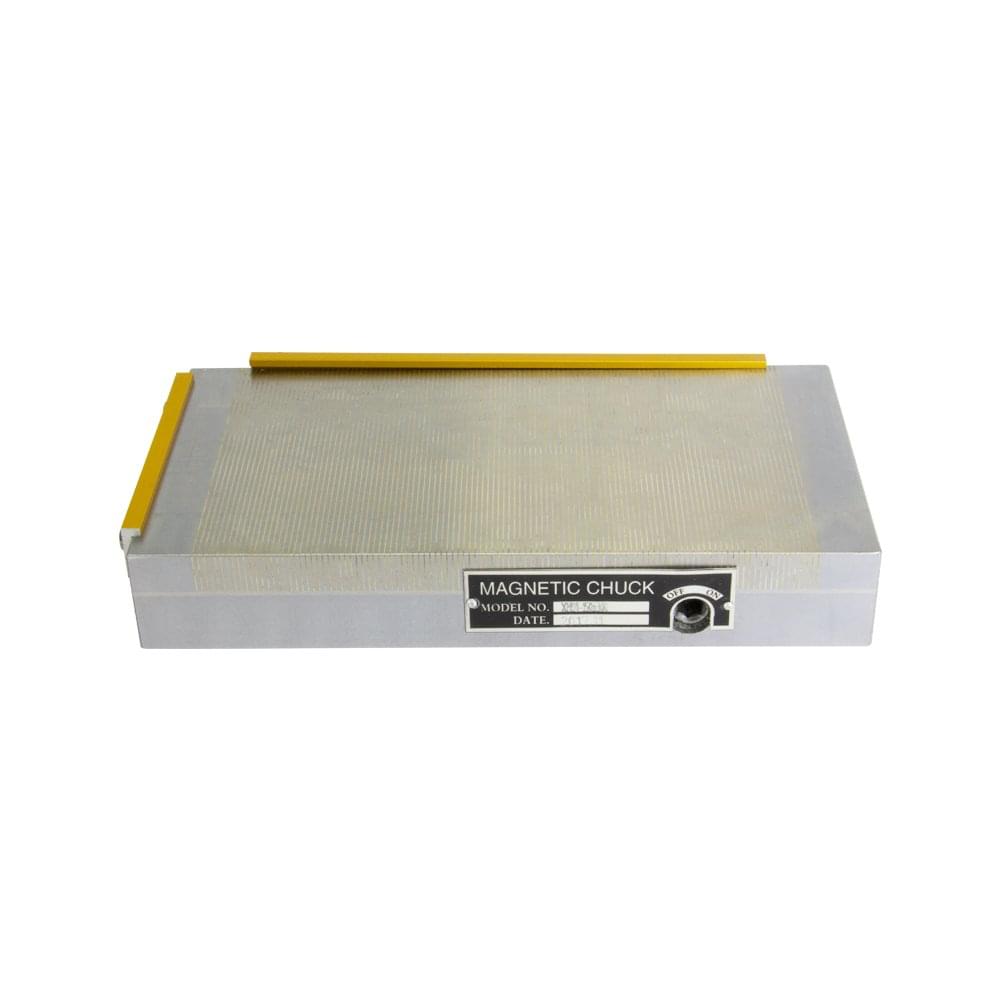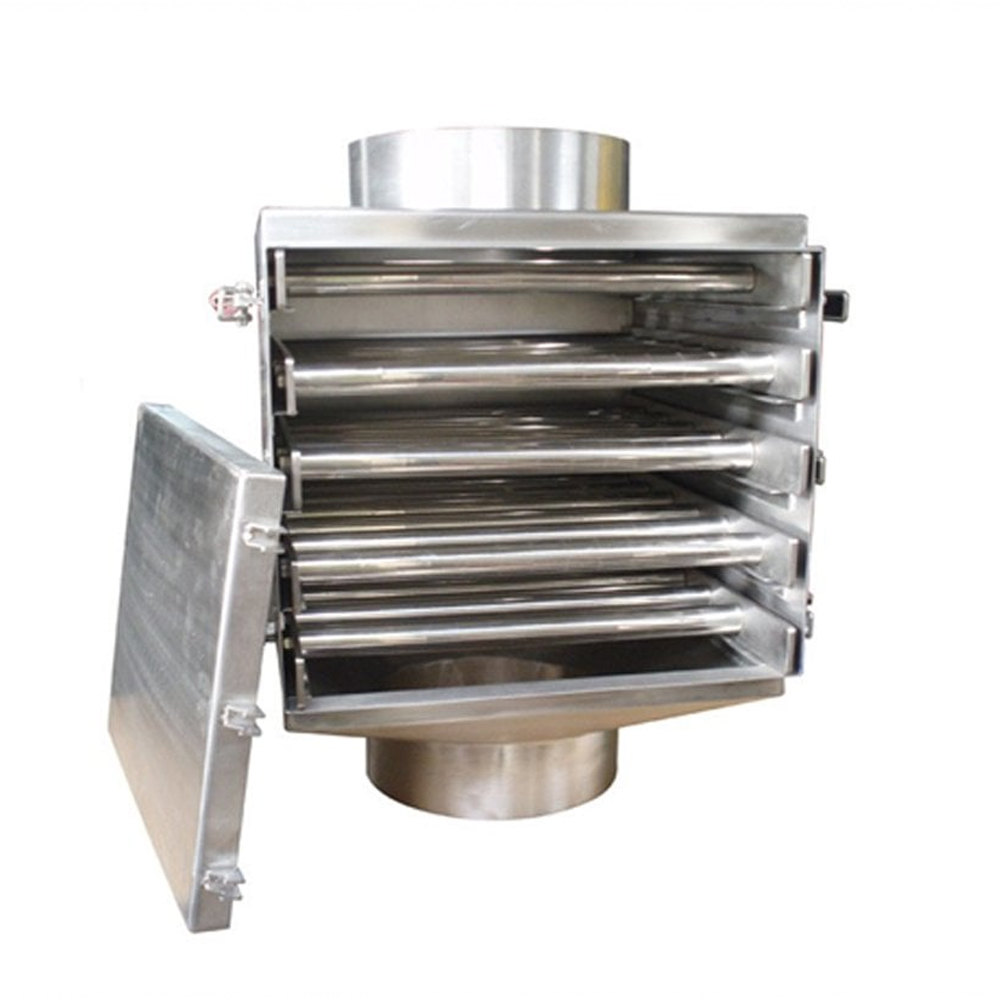Pot magnets consist of a magnet contained within a housing or casing to ensure maximum performance whilst protecting the magnet from cracking or chipping when in use.
Pot magnets are ideal for clamping applications and provide extreme versatility for a wide range of applications.
Pot magnets can be used across several industries and applications but if you are unsure about what a pot magnet is or how they work, don’t worry, we have the answers right here for you!
Typical Pot Magnet Construction
A standard pot magnet has only one magnetic face which is exposed from the steel casing, creating a concentrated clamping force. A pot magnet typically clamps with a high concentration of magnetic force when in direct contact with ferrous-based surfaces, this will usually be higher than conventional standard magnets.
This is because the magnetic circuit of a pot magnet is optimised for clamping applications, as air gaps are removed from the circuit. The ferromagnetic casing directs the magnetic field directly to the surface.
For example, if a pot magnet has its south-facing showing, the ferrous ring of mild steel around the outside of the magnet will act as a north pole. Giving two poles on the clamping surface, making a short distance between poles for the magnetism to travel through the clamped surface.
Extra Protection
Pot magnets also protect the magnets inside them making pot magnets much more durable as they are protected from impact damage and load-bearing damage, which can be extremely useful for high clamping force applications.
The casing should be ever slightly raised over the face of the magnet allowing any hits to be on the steel rather than the magnet.
The protective casing improves the resistance to corrosion by reducing exposure to corrosive conditions.
Pot Magnet Materials
Pot magnets come in a variety of materials including Ferrite, Alnico, Neodymium, and Samarium Cobalt. Each material has its own properties, benefits, and weaknesses.
Size for size Neodymium pot magnets will be the most powerful and Ferrite pot magnets will be cheaper and less powerful.
Samarium Cobalt will be similar in strength to Neodymium but will perform better at higher temperatures.
Alnico versions will have a range of performances depending on their shape, size, and design but would be best for high-temperature applications.


